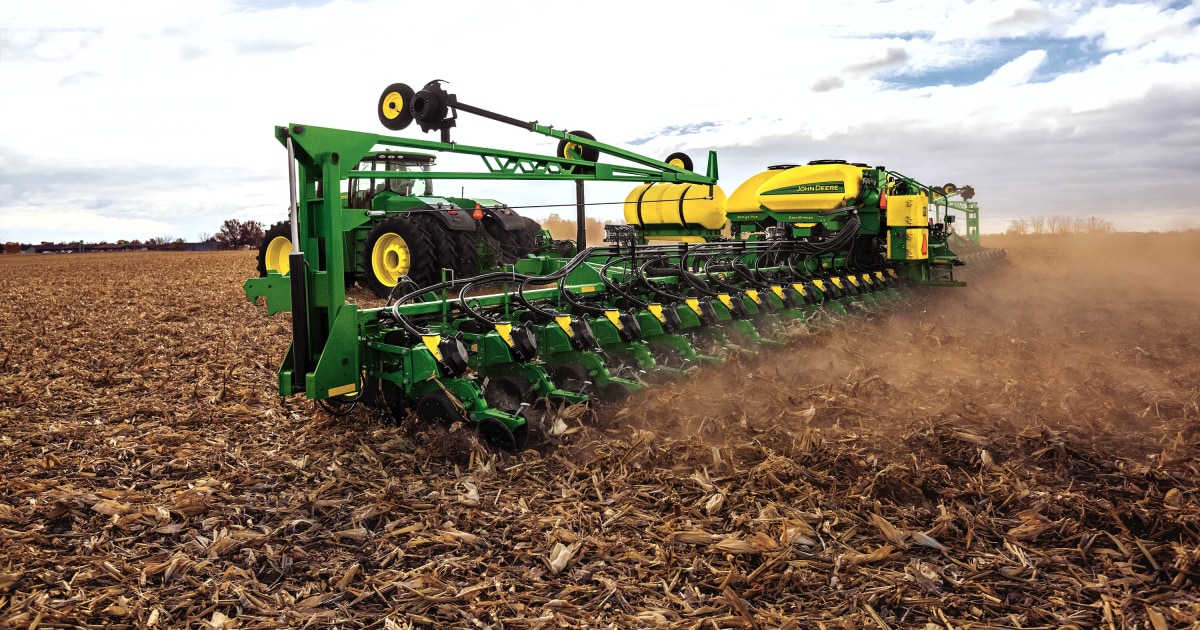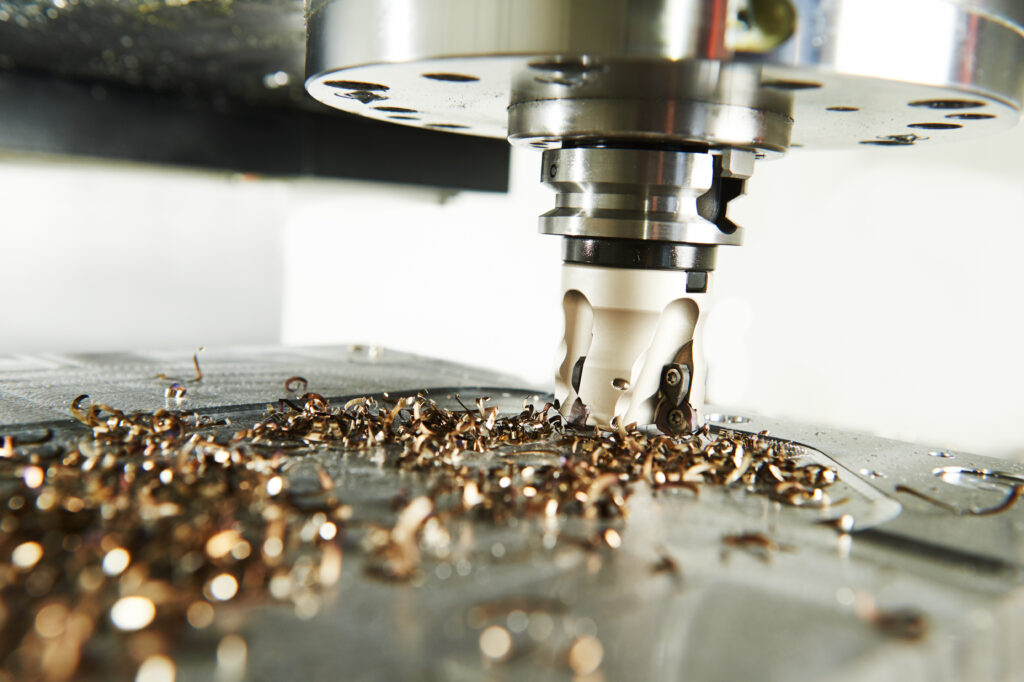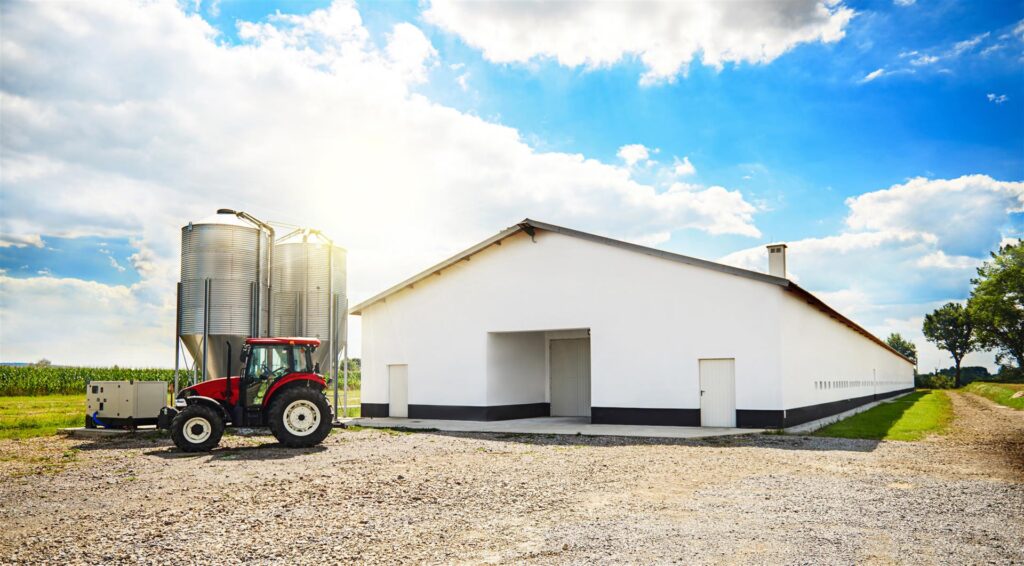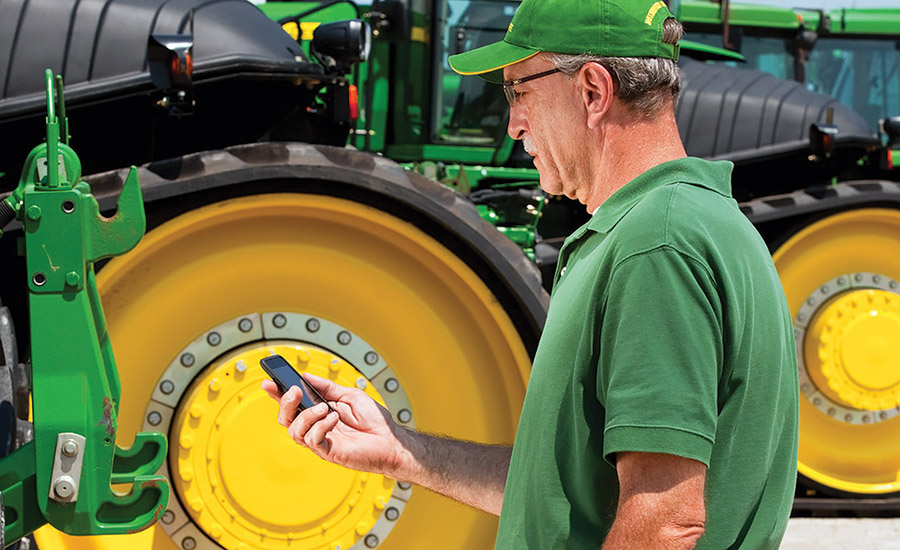How CNC Machining Promotes the Mechanization of Farms – Revolutionizing Agriculture Practices

Precision CNC machining stands as a linchpin in the agriculture industry, influencing everything from producing vital farming equipment to maintenance and repair endeavors. Precision CNC machining enables the production of components like tractor transmission elements, combined harvester gears, and radiator cooling fins with exacting tolerances and intricate geometries, expanding farming machinery’s capabilities.
In the expansive landscape of agricultural activities, precision CNC machining plays a multifaceted role, spanning the design, development, production, maintenance, and modification of farming machinery. From transmission parts to irrigation system elements, precision machining parts not only contribute to improved equipment performance but also extend the overall lifespan of agricultural machinery.
Beyond these advantages, precision machining optimizes manufacturing efficiency, minimizing waste and elevating productivity throughout the agricultural equipment production process.
Precision CNC Machined Parts and Components for the Agriculture Industry

CNC machines can produce various farm machinery and equipment, including tractor transmission gears, tractor hydraulic cylinders, harvester rotor blades, planter seed meters, and so on. These components have complex geometry and require high-accuracy dimensions to ensure optimum performance.
Tractor Transmission Gears
Precision machining ensures that tractor transmission gears are manufactured with exacting tolerances. This results in gears that mesh seamlessly, reducing friction and wear. The creation of precisely engineered gear profiles ensures efficient power transmission, minimizing energy losses and improving overall tractor performance. The precise tooth profiles and surface finishes achieved through CNC machining contribute to enhanced durability and operational efficiency.
Tractor Hydraulic Cylinders
Precision machining guarantees that tractor hydraulic cylinders are crafted to exact specifications. The seamless integration of pistons, rods, and seals ensures a precise fit, minimizing hydraulic leaks and enhancing overall functionality. CNC-machined hydraulic cylinders contribute to the reliable operation of critical tractor functions. This optimization contributes to smooth fluid dynamics within the hydraulic system, ensuring consistent and reliable hydraulic performance.
Harvester Rotor Blades
As for harvester rotor blades, precision machining allows for the creation of harvester rotor blades with intricate designs tailored for optimal crop separation. The contouring of blade edges and surfaces ensures efficient crop processing, minimizing grain loss and improving harvesting yields.
CNC machining ensures that each rotor blade is balanced and aligned with precision. This balance minimizes vibration during operation, reducing stress on the harvester and enhancing the overall longevity of the rotor assembly.
Planter Seed Meters
Precision machining is critical in crafting planter seed meters with consistent and accurate seed distribution mechanisms. CNC-machined components, such as seed disks and metering units, ensure uniform spacing and placement of seeds, contributing to optimal crop growth.
CNC machining allows for the creation of planter seed meters with adjustable settings. This adaptability enables farmers to customize seed spacing and rates, catering to the specific requirements of different crops and planting conditions.
In essence, precision machining has revolutionized these agricultural components by introducing a level of accuracy, durability, and customization that was previously unattainable.
Agriculture Machinery and Equipment Housings and Structures

CNC machining allows for the customization of complex components that constitute the housings and structures of agricultural machinery. Housings and structures in agricultural equipment often need to accommodate a variety of components such as gears, holes, recesses, bearings, and sensors. Precision machining ensures that these structures are intricately designed to house and support these components, allowing for optimal functionality.
Housings and structures must withstand the harsh conditions of agricultural operations, including exposure to weather, soil, and heavy loads. So different parts of agricultural machinery require materials with specific characteristics. Precision machining enables the use of a wide range of materials, including alloys and hardened metals, to ensure that these components are crafted from materials that offer the necessary strength and resilience.
Besides, housings and structures in modern agricultural equipment need to be lightweight to improve fuel efficiency and reduce the overall weight of the machinery. Creating lightweight yet sturdy components through intricate designs and material removal, precision machining facilitates the creation of structurally sound components with minimal weight. This is particularly important in applications where weight affects fuel efficiency and overall machine handling.
Housings and structures are integral to agricultural machinery’s overall design and functionality. Precision machining ensures that these components are not only durable and reliable but also optimized for efficiency, adaptability, and innovative design.
Machine Modification, Repair & Design

Not only machining new parts, the CNC machine is also able to proceed with component repair and some machine modification.
The process of repairing agricultural machinery commences with the redesign of damaged components, often referred to as reverse engineering. Each feature and dimension of the component is meticulously measured and transcribed into a detailed sketch. This sketch is then transformed into a 3D model using Computer-Aided Design (CAD) software.
Once the 3D model is complete, the subsequent step involves processing it in Computer-Aided Manufacturing (CAM) software. This step is critical for creating precise machining tool paths and generating Numerical Control (NC) code. Engineers can define essential machining parameters, including spindle speed, feed rate, depth of cut, and operational type. Additionally, engineers can simulate the entire machining process using CAM software before executing the actual CNC machining, ensuring accuracy and efficiency.
Upon finalizing the program, the last step involves material machining on the CNC machine. This comprehensive approach to machine modification and repair not only restores functionality to damaged components but also allows for the implementation of modifications to enhance overall performance.
Conclusion
Precision machining has a crucial contribution to the process of making agriculture equipment and machinery which typically has complex geometry and require high precision dimension. CNC machining can also be applied for machine modification purposes and component repairs like tractor gear transmission, hydraulic cylinder, and planter seed meter.




